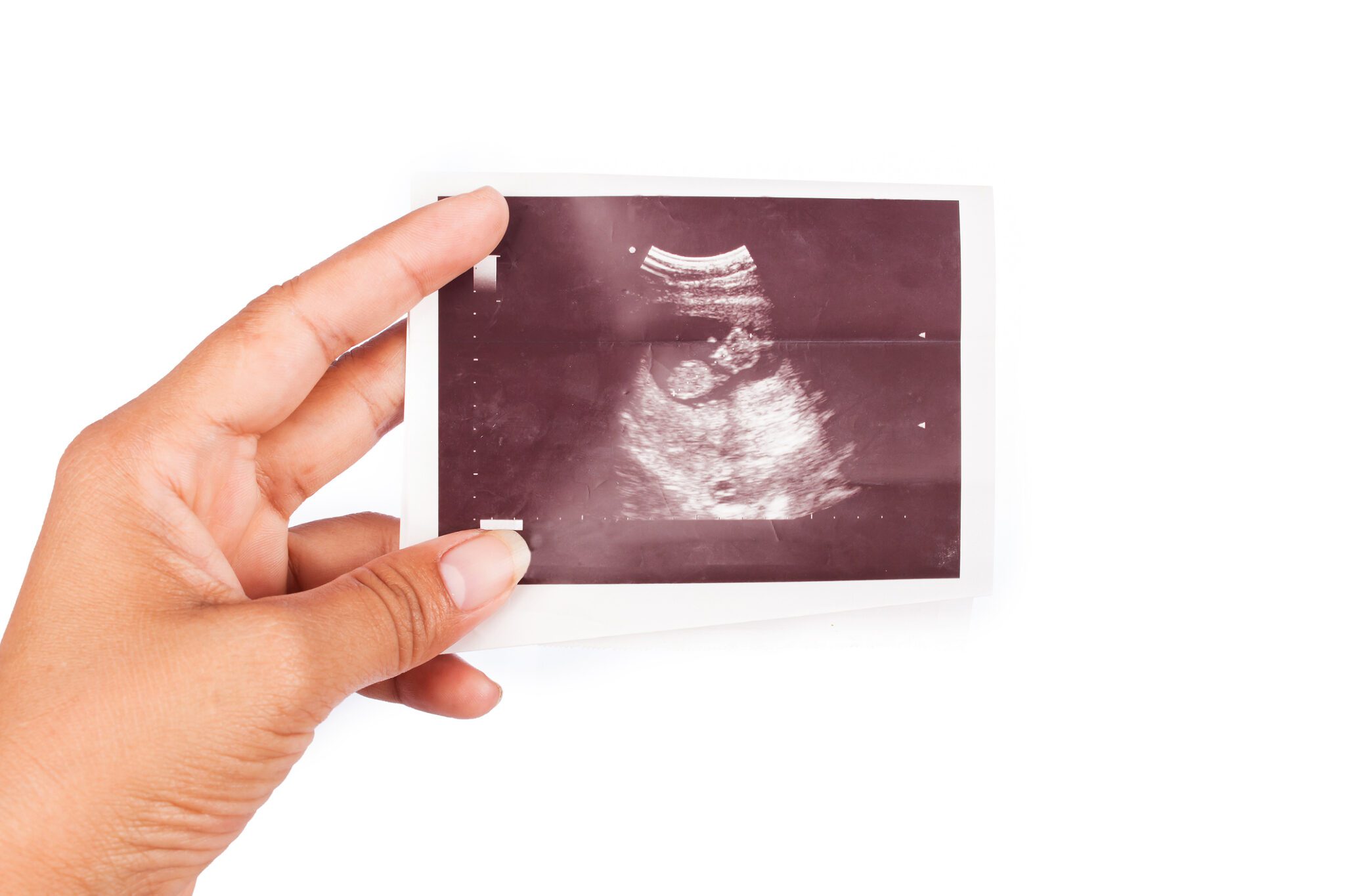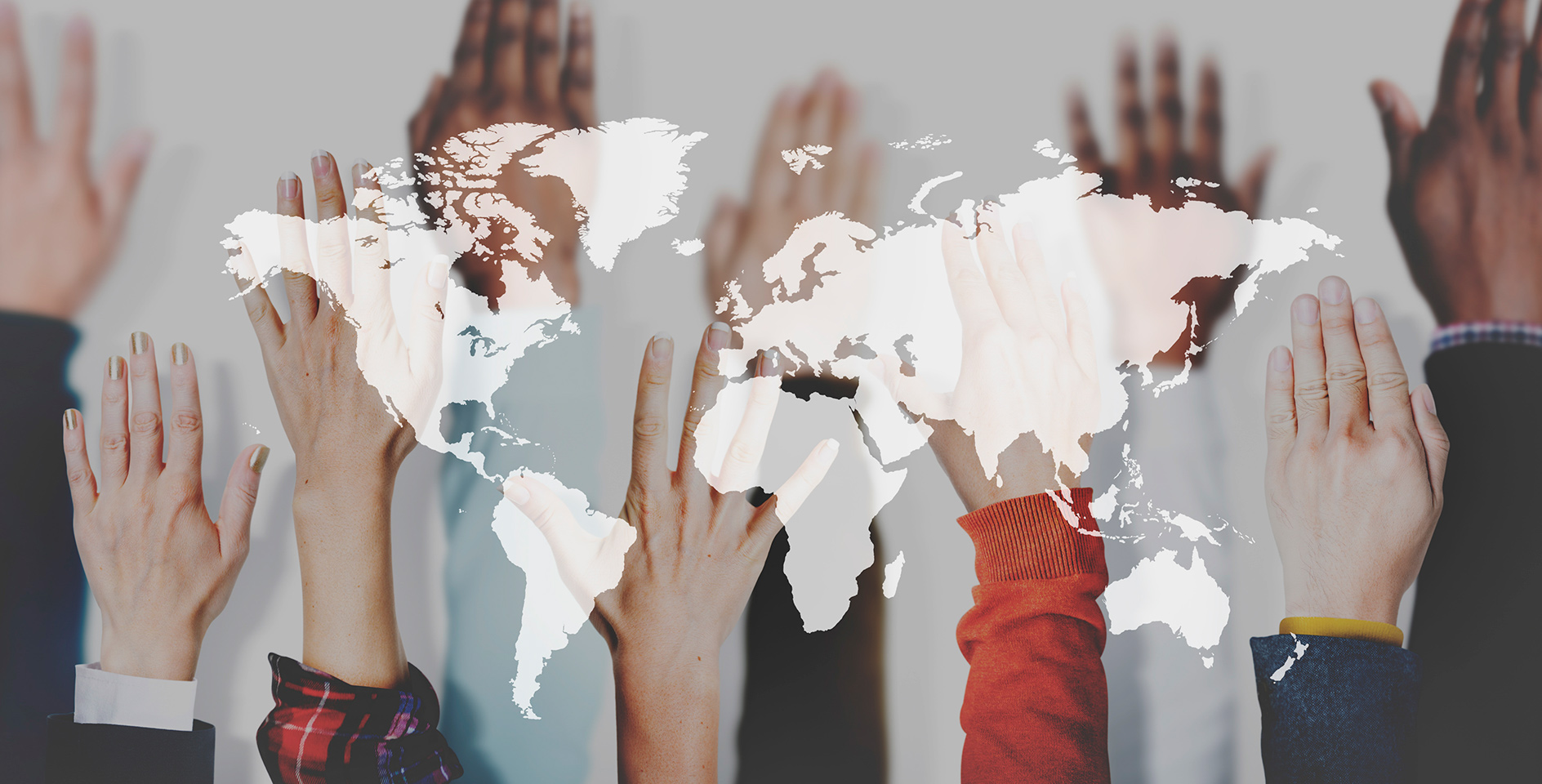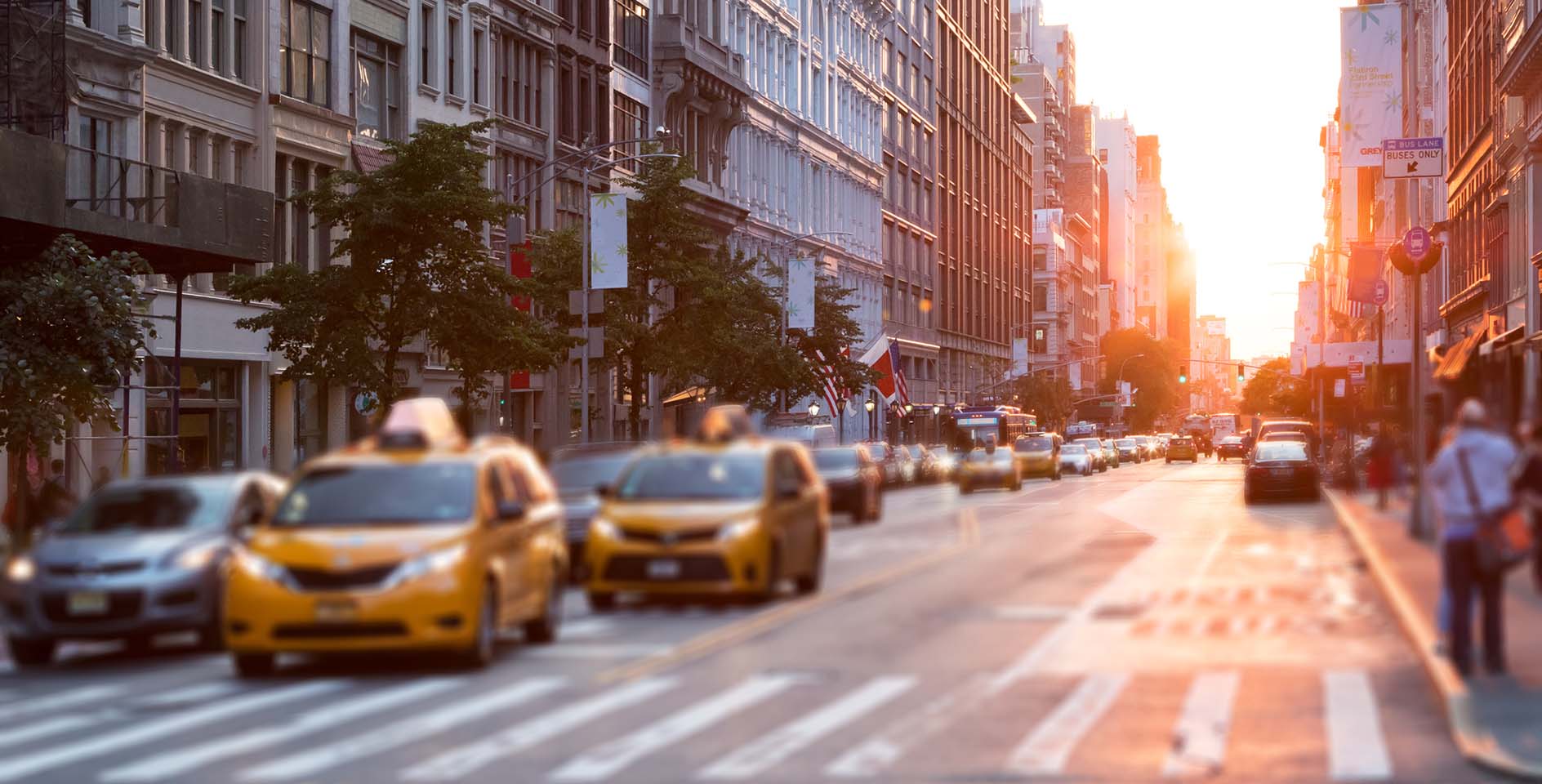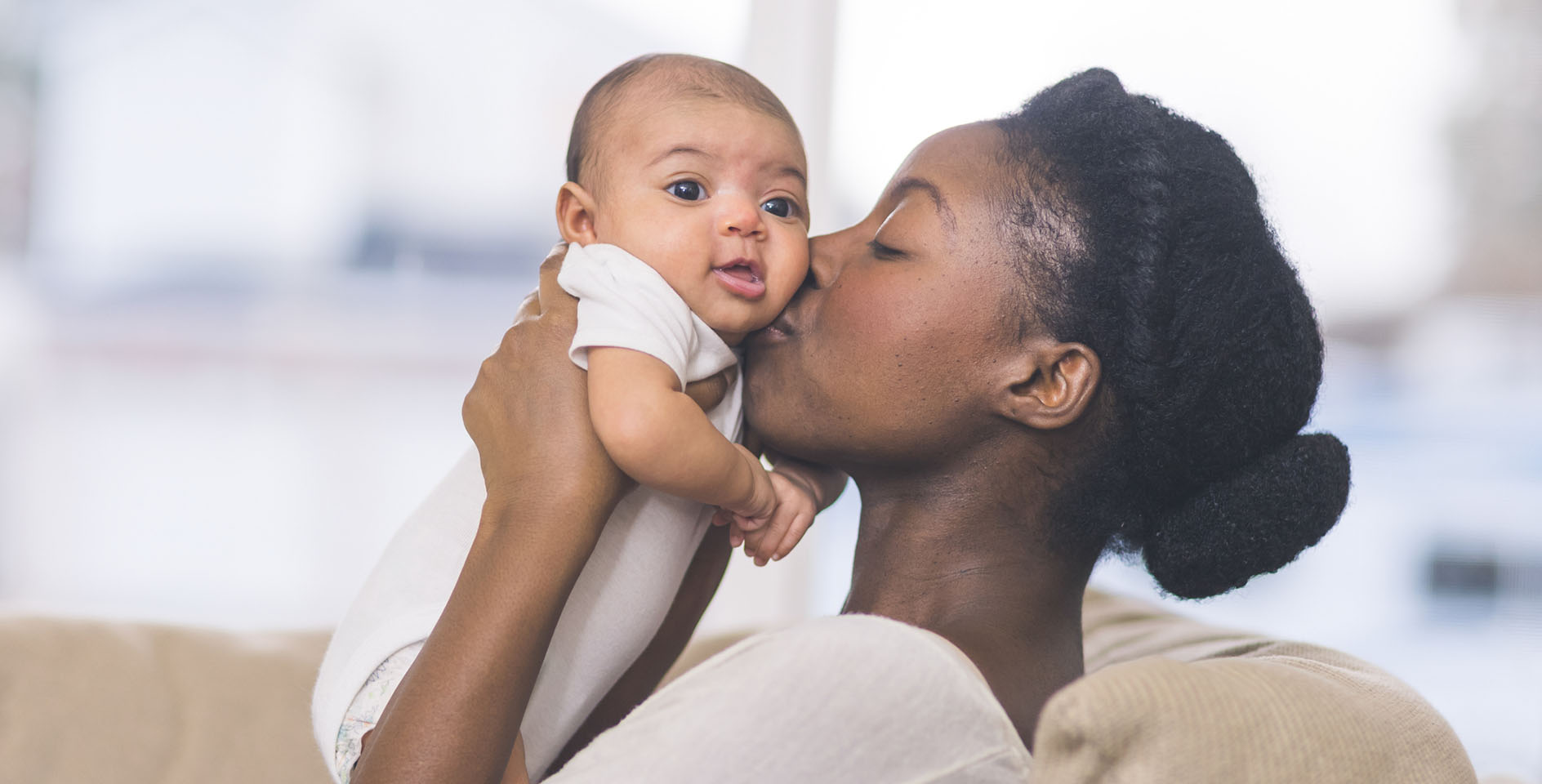Many have referred to the coronavirus as “the great equalizer,” touting phrases like “The virus doesn’t discriminate” and “We’re all in this together.”
In some ways, this is true. The pandemic has revealed our shared humanity. No one is immune from the virus. Black or white, rich or poor—we’ve all been affected by it in some way. And in many ways, the pandemic has brought our nation and world together like never before. Communities are collaborating in creative ways to provide meals for the hungry, support those who have lost their jobs, and care for medical workers. We’re realizing how connected we really are, and how much we truly need each other.
However, at the same time, the pandemic has exposed the great racial and ethnic division of our nation. While no one is immune from the virus, it is clear that its effects vary greatly across racial lines. Black communities are experiencing significantly higher rates of hospitalization and death, minority communities are suffering from heightened results of poverty and unemployment, and Asian communities are facing an increase in racism and discrimination during this time.
Particularly in this time of crisis, the Church has a unique calling to care for the vulnerable and the marginalized and to elevate the strength and value of all people made in the image of God. This reality of racial injustice and the debilitating effects of the pandemic for people of color should bring us to our knees before our Heavenly Father and compel us to compassion for those in need.
What should we know about these disparities, and how should we respond as followers of Christ?
Contraction and death rates
While over 1.4 million people have contracted the virus in this country, it has disproportionately affected people of color. One CDC report studied 580 COVID-19 patients hospitalized for COVID-19 and found that black people accounted for 33% of these hospitalizations compared to 18% of the surrounding community, while white people accounted for 45% of hospitalizations compared to 59% of the community. In a New York City health report, the death rate for black people was 92.3 per 100,000 patients, compared to 74.3 for Hispanic/Latino patients, 45.2 for white patients, and 34.5 for Asian patients.
These disparities have also been noted nationally. The CDC reported that as of April 17, 2020, black people accounted for 34% of total confirmed cases compared to 13% of the total population. In some states such as Wisconsin, the disparity is so great that the number of black residents who have tested positive is four times greater than their representation in the total population and the number of deaths is over six times higher.
Data is limited for smaller minority groups such as American Indians and Pacific Islanders, though similar disparities have been noticed for Hispanic and Asian communities. And cases are generally concentrated in immigrant neighborhoods, American Indian reservations, and rural communities.
Health risks and access to care
One of the reasons for this disparity in rates of contraction is that people of color face health, living, and working situations which put them at a higher risk of contracting and spreading the virus.
Communities of color experience higher rates of chronic illness. The U.S. Department of Health and Human Services reports that African American adults are 60% more likely than white adults to have diabetes and 40% more likely to have hypertension. Because the virus disproportionately affects those with underlying health conditions—the immunocompromised and those with chronic lung disease, obesity, hypertension, cardiovascular disease, and diabetes, it can prove fatal for communities of color.
Disparities in social determinants of health—factors including economic stability, environmental health, and housing—also contribute to the higher rate of contraction among minority populations. Minority families are more likely to live in densely populated areas, smaller living quarters, and multigenerational households, making it more difficult to social distance and take necessary precautions against the virus. Other spaces with close living quarters and shared food services like jails, prisons, and detention centers are also high risk, spaces where the black population is overrepresented.
In many minority and low-income neighborhoods, communities also face limited access to quality health care and to the resources with which to take preventative measures against the virus. The Census Bureau reports Hispanic adults being almost three times more likely and black adults almost twice as likely than white adults to be uninsured. Even when health care facilities are available, minority communities face additional challenges of language barriers, limited health education, distrust of health providers, and difficulty navigating health systems.
Nevertheless, despite an increased risk of infection within their communities, many ethnic minority adults continue to work in essential jobs, making social distancing all the more difficult. Black and Hispanic workers in particular are overrepresented in industries such as agriculture, service, and nursing. Almost 25% of employed black and Hispanic workers work in the service industry compared to 16% of white workers, and Hispanic workers account for 53% of agriculture workers despite comprising only 17% of total employment.
In many of these essential jobs, the absence of paid sick leave deters workers from staying home even when symptoms do arise, increasing exposure in the workplace. And racial and ethnic disparities are evident even in paid medical leave policies. The Bureau of Labor Statistics reports that Hispanic workers have significantly less access to paid leave than white workers, affecting their ability to care for sick family members, for their own illnesses, and for eldercare. For those in dire financial circumstances, these policies are especially critical.
Economic impact
While the pandemic has brought physical sickness, it has also led to shutdowns and stay-at-home orders which have increased unemployment and disproportionately affected minority populations.
A Washington Post-Ipsos poll reveals that Hispanic adults are nearly twice as likely as white adults to have lost their jobs due to these shutdowns. 20% of Hispanic adults and 16% of black adults surveyed were laid off or furloughed, compared to only 11% of white adults and 12% of those of other races. Part of the reason for this disparity is that Hispanic and black workers were overrepresented in industries hit the hardest by the shutdowns, industries such as leisure and hospitality, retail, and construction.
For undocumented immigrants, leaving work or getting tested could mean deportation or arrest into jails and detention centers where the virus is spreading at a much higher rate. mmigrants are particularly vulnerable.
Racism and discrimination
For Asian Americans, the impact of the virus extends beyond health and employment. Many of us have seen the “model minority” myth being dismantled as blame for the pandemic has shifted to the Chinese. Even before stay-at-home orders began, this fear of “yellow peril” led some Asian American businesses to experience a drop in customers as high as 80%. Reports of verbal assault, hate crimes, and discrimination against Asian Americans are increasing, leaving Asian Americans not only alienated by “perpetual foreigner syndrome,” but also fearful even to buy groceries. In March alone, Asian Americans reported almost 1,500 incidents of verbal harassment, shunning, and physical assault.
This reality became personal for me when just last week, I was biking through my neighborhood with my family and a group of boys rode past us and commented, “Look, more Asians.” While I’ve always been aware of being different, I’d never had it pointed out so blatantly and hurtfully. And while my understanding of racism used to mostly come from news reports, I’m now hearing stories from my own friends and family about their homes being vandalized, being called racial slurs while merely sitting on their front porches, and being intentionally avoided on the bus. It’s difficult not to question every look I receive from passersby, especially when I’m wearing a face mask.
New groups like the Asian American Christian Collaborative have begun calling out this injustice and standing for biblical reconciliation and peace during this pandemic, but as I wrote earlier, this kind of racial targeting is not a new phenomenon. Immigrants and minorities historically have faced stigmatization and discrimination during outbreaks—labels of “unclean” and blame for the spread of infection. This same type of stereotyping has happened to the Jewish community today.
How should Christians respond?
It can be difficult to empathize with the suffering of others until we experience it firsthand, but the love of Christ compels us to look to the margins, and the Spirit of the Lord empowers us to sacrifice even our own comfort and security for the good of our neighbors.
Here are a few ways to care for the vulnerable that you and your church might consider:
- Directly share resources and support. Help ensure that marginalized communities have access to relevant and accurate health information by considering those without access to technology and those who may be distrustful of medical providers. Eric Costanzo suggests ways you can communicate with immigrant and refugee neighbors here. You might also help those experiencing food insecurity by donating to your local food bank, not buying food items with WIC labels (food earmarked for the Special Supplemental Nutrition Program for Women, Infants, and Children), and helping provide meals through your public school system. Support those in the retail and service industries by buying gift cards, donating to relief funds, and asking your representatives to support small businesses. And care for those affected by crime and incarceration using the resources listed here.
- Give to community funds or local NGOs. Pooling your resources with other donors can maximize your impact and support ongoing work. Many community foundations have created COVID-19 response funds, and you can find a community foundation near you here. Nonprofits and charities are on the frontlines of caring for the marginalized and will need increased support during this time.
- Examine your own heart for fear and implicit biases, and become an ally rather than a bystander. Actively listen to the stories of the marginalized, call out the sin of racism when you see it, and stand for the dignity and value of every human being made in the image of God. In situations of concern, consider moving to stand by the victim in support and/or report the incident to your local law enforcement. Consider supporting Asian American businesses that have been negatively and disproportionately affected by the pandemic. Initiate conversations with your church, families, and children about the history of ethnic minorities in this country, the reality of the ever-present sin of racism, and the God-given value of those who seem different.
While we should lament the reality of racial injustice and the devastating effects of the pandemic, we “do not grieve like the rest of mankind, who have no hope” (1 Thess. 4:13). We serve a sovereign Creator and loving Father who has promised to draw near to the brokenhearted (Psalm 34:18) and execute justice for the oppressed (Psalm 146:7). So let us begin by drawing near to his throne, that our hearts may be aligned with his and our eyes opened to see those who may be overlooked.










